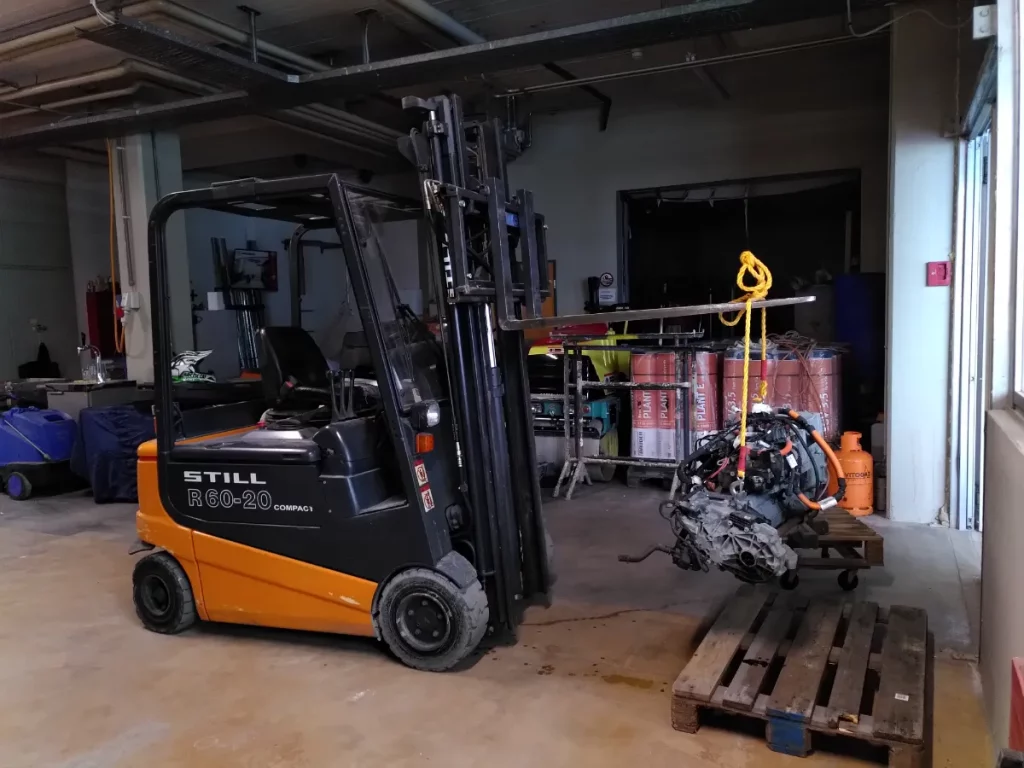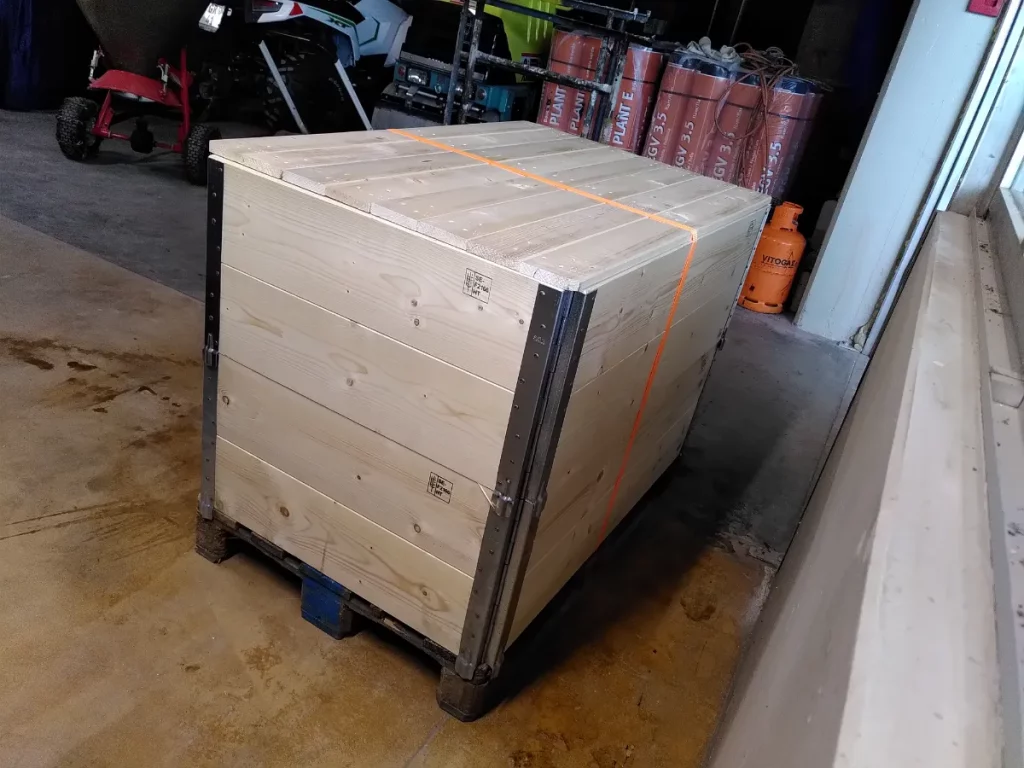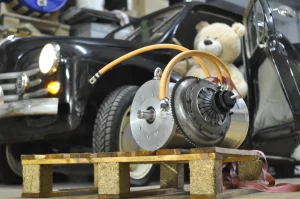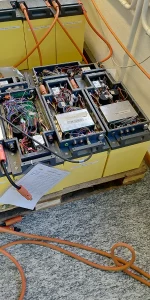After only 4 years of ownership (5 years warranty – so ‘no problem!’ you will say) but 116’000 kilometers (100’000 km warranty – oh, wait, see the problem?) my 2015 Renault Zoe R240 suddenly stopped working with a series of error messages. I tried some of the usual tricks such as charging and then replacing the 12V battery, resetting all the error messages through OBD and so on. But nothing would help.
So I decided to call a tow truck and bring the vehicle into the Renault main dealer.
The Renault dealer ran a few diagnostics and saw a failure either in the Inverter or DC/DC-Converter unit. Problem is: These units don’t get repaired, but replaced by the whole power electronics unit. And as they are hard-coded to the vehicle VIN, a new unit needs to be manufactured in France, coded to the vehicle and then replaced on the vehicle. The whole operation would cost nearly 8’000 EUR, which was considered a complete write-off.
I wasn’t OK with that as I bought the car for environmental reasons in a first place, so scrapping a car after only 4 years wouldn’t have been a solution. But investing 8’000 EUR wouldn’t really be an option either, as at the time the second series Zoe model had just been released and the residual value of the first series Zoe therefore dropped anyway. So I had to find a different solution.
With the help of the community in different groups and forums I developed the plan to source replacement parts from a crashed vehicle, and then try to carry over the chip that holds the VIN on the failed unit of my vehicle to the replacement unit of the crashed vehicle. It was a risky plan but worth a try. I could only learn a lot, but not loose much.
So eventually I found a crashed vehicle in Norway that was pretty identical to mine, and a guy in Kent, United Kingdom that was willing to try the transplant. My original plan was of course to go to Kent myself, but then Corona came. I had to change my plans and manage everything from home. So the first step was to disassemble my vehicle to free the whole drive unit. You can see in the video further below how that went. Pretty fine, actually.
The most difficult part was to remove the gas in the cooling system, which is R1234yf, a gas that was kind of new at the time and most independent garages wouldn’t have the right equipment to discharge the system. But luckily some small B-dealer of a German brand in my neighboujust got delivery of a new system and accepted to try it on my Zoe, knowing that it wouldn’t be a huge loss if something unpredicted would happen. So kind of a win-win situation. The rest of the disassembly went pretty smooth as you can see in the video below:
The standard time for the disassembly as per the Renault workshop manual was somewhere around 8 hours, and I managed to stay pretty close within that timeframe.
So in the end the drive unit, consisting of motor, inverter and DC-DC converter, was free and ready to be shipped to the UK. Here’s the moment when I loaded the unit on a Pallet for crating

and here’s the finished crate, ready to be shipped to Kent, UK.

Hang on to see how the story went on!


